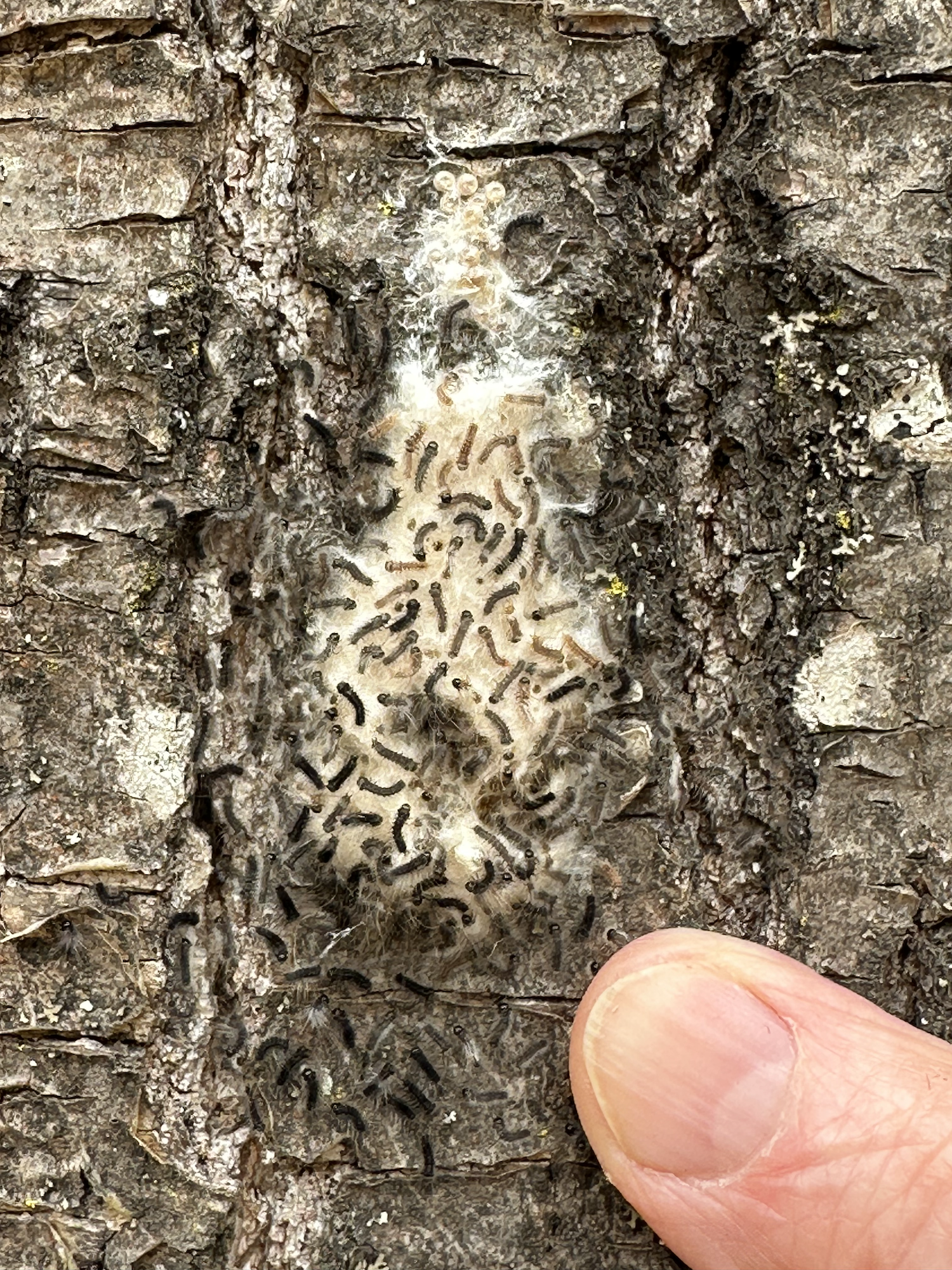Dear Madeline Island Wilderness Preserve Members,
"The world is mud-luscious and puddle-wonderful.” ee cummings
Poet E.E. Cummings often commented on the beauty of our natural world. "Mudluscious" could have been describing one's delight in a summer hike on our North End Trails. Many of our trails provide an intimacy with nature that is hard to find anywhere else. Yes, sometimes they have puddles and are muddy, but they are luscious and wonderful at the same time! Our trails provide an opportunity for an up close look at a wide variety of mosses, ferns, mushrooms, trees and fauna. With your help…
Read More


























